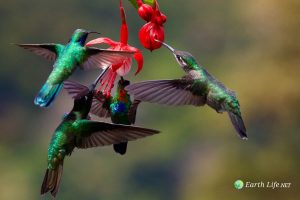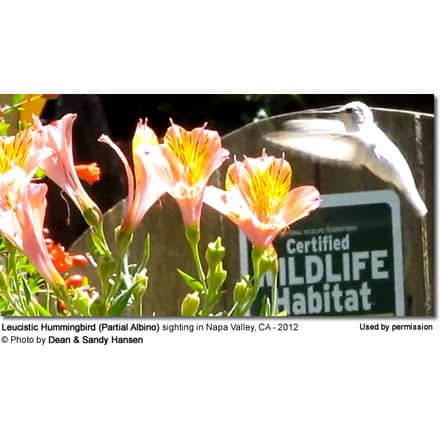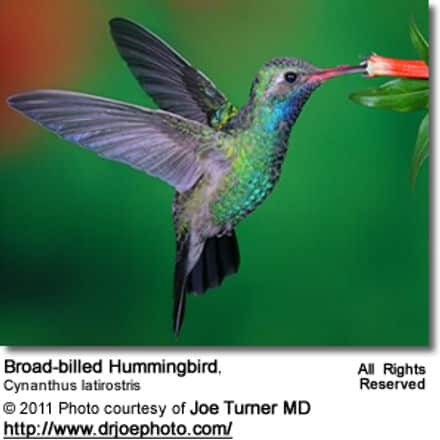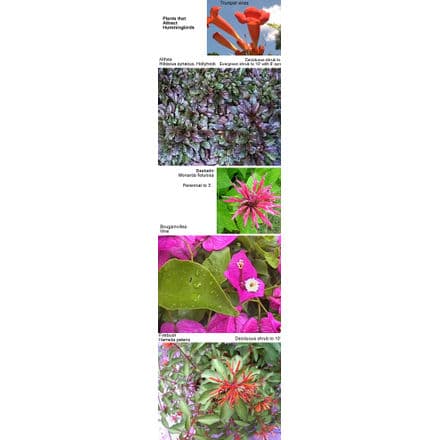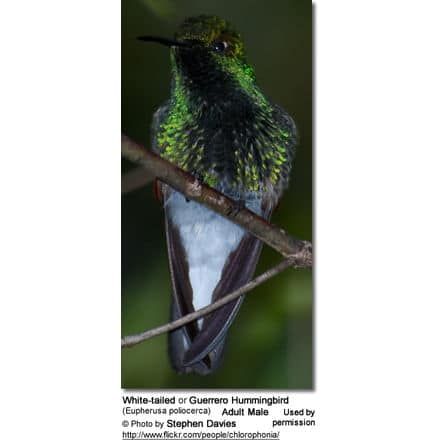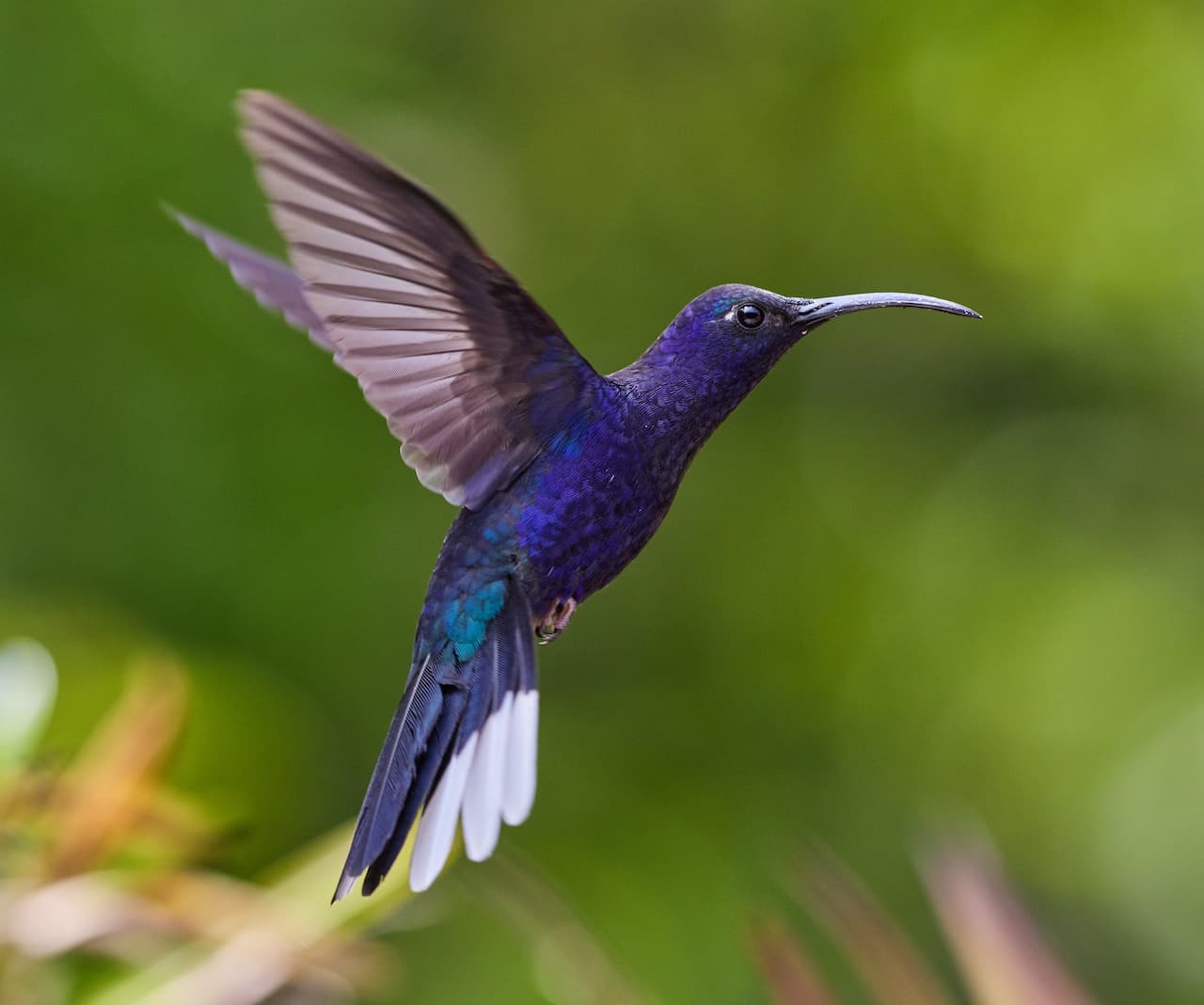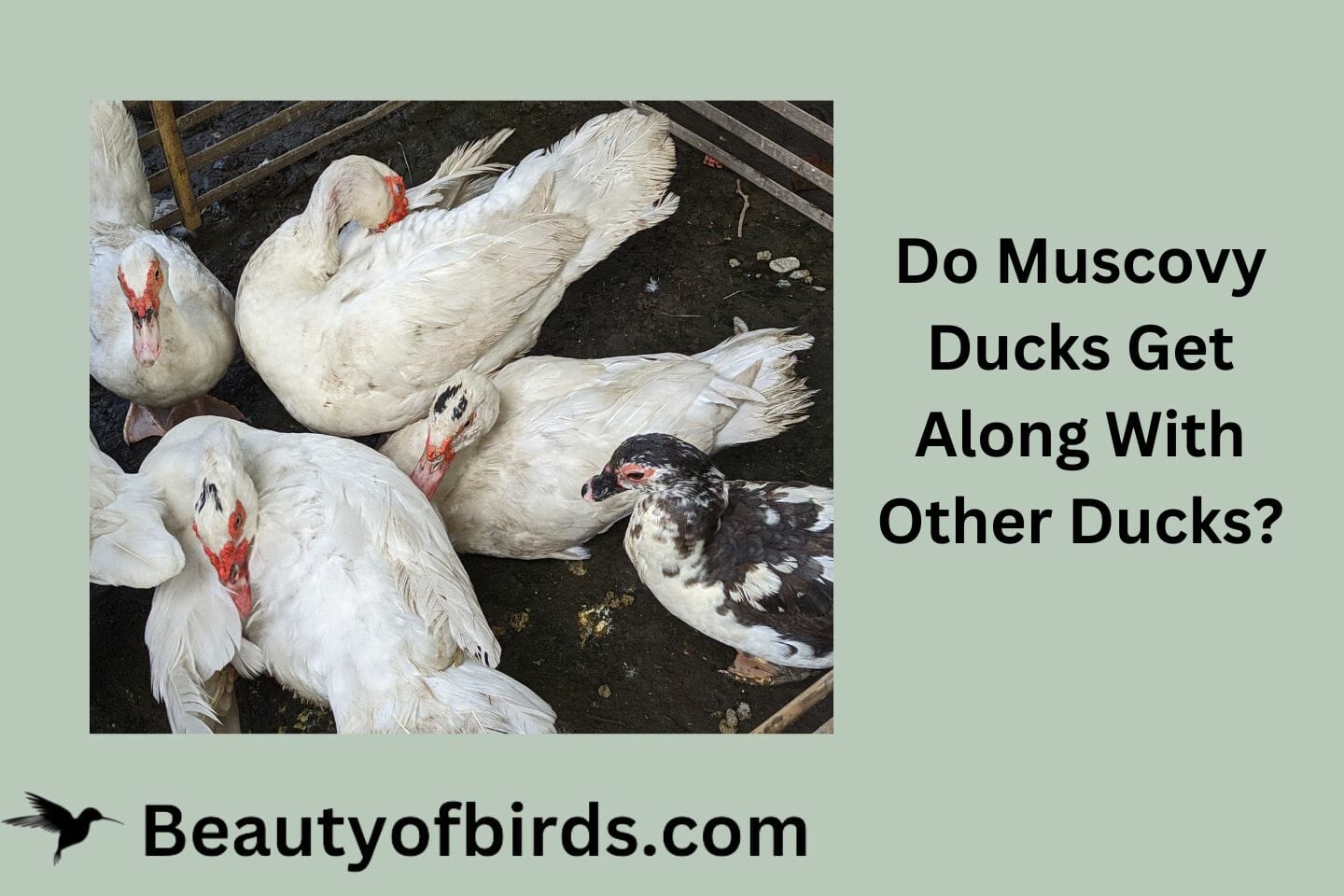Trees, Shrubs, Vines and Flowers that Attract Hummingbirds
Trees, Shrubs, Vines and Flowers that Attract Hummingbirds To Your Garden
The following is a list of flowers, shrubs, vines, and trees that hummingbirds are attracted to. Note: none of these need to be red in color, although the color red is attractive to hummingbirds.
It is important to choose plants that occur naturally in your area (natives). Once established, these plants only require little care (unlike non-natives). You should do
well without fertilizers. They are also more likely to be resistant to local pests and diseases. Altogether, they will save you time and money in their maintenance. This will benefit the environment as well.
If in doubt as to whether any of the following will do well in your area, please check with your local nursery.
Hummingbirds are particularly fond of red, tubular flowers. However, yellow, orange and violet flowers are also accepted.
Flowers That Attract Hummingbirds
Beardtongue, Penstemen, Penstemon digitalis – Spring and early summer growing. Grows up to 5 feet tall. Produces white, two-lipped, tubular flowers
Bee Balm, Monarda didyma – summer blooming with red flowers.
Begonia, Begonia spp. – Summer-flowering plants with white, pink, red and bi-colored blooms.
Carolina lily, Lilium michauxii – Mostly found in Southeastern United States from West Virginia in the north to Florida. Summer blooming with flowers that are yellow to reddish-orange, spotted with brown
Cardinal Flower, Lobelia cardinalis – Summer blooming flowers. Produces large, red, rose or white tubular flowers.
Common Foxglove, Digitalis purpurea – Spring bloomer with pink, white or purple flowers.
Common Fuchsia or Lady’s Eardrops – Produces red, pink, white, violet, purple and bicolored flowers
Daylily, Hemerocallis (family Liliaceae) – Named for their daytime flowering properties. Come in myriad colors, including
yellow, orange, fulvous (a pale, rusty orange hue), pinks, purples, pastels, near-blue and a variety of patterned colors.
Geranium, Pelargonium spp. .come in myriad varieties; hummingbirds particularly like the following: Coconut (magenta colored), Cinnamon (rosy flowers), Apricot (crimson), Ginger (rose-lavender), Clorinda (publish-red), Lime (pink to purple flowers), Mabel Grey (lavender), Orange (pale flowers with purple markings), Pretty Polly (pink flowers with rose spots), Variegated Oak (lavender flowers).
Hollyhock, Alcea rosea (single) – summer blooming with white, pink and red flowers.
Indian Pink, Spigelia marilandica – spring blomming with red and yellow flowers.
Jewelweed, Impatiens capensis – summer blooming with orange to orange-yellow flowers with red spotting.
Montbretia, Crocosmia – Summer bloomer. Produces red flowers.
Petunia, Petunia spp. – Bloom from May to frost. Come in most colors.
Prairie Blazing Star, Liatris pycnostachya – summer blooming with lilac-purple flowers.
Ruellia, Katie, Ruellia brittoniana – summer blooming plant with bluish-purple flowers.
Scarlet Sage, Salvia splendens – Summer bloomers with red flowers.
Turkscap Lily, Lilium superbum – summer blooming with orange, spotted flowers.
Wild Bergamot, Monarda fistulosa – summer blooming with pink / lavender flowers.
Shrubs, vines and trees can also provide food and cover for hummingbirds. Cover is needed to raise their young and for some protection from the elements and predators.
Flowering Shrubs and Vines that Attract Hummingbirds
Azaleas, Rhododendron spp. – Colorful, blooming shrubs
Beauty Bush, Kolkwitzia amabilis – an arching, spreading shrub, with bell-shaped, light pink flowers, dark pink in the bud
Butterfly Bush, Orange Eye, Summer Lilac, Buddleja davidii – fragrant small lavender, lilac, purple, white, yellow or pink flowers
Brigadoon, Aaron’s beard or St. John’s Wort, : Hypericum calycinum – a shrubby ground cover with yellow flowers.
Brown’s Honeysuckle, with clusters of orange-red to red, tubular flower in summer. Produces red berries in late summer (often hidden among the foliage).
Cape Honeysuckle, Tecoma capensis – A shrub that grows to 2–3 m (7–10 ft) in height and produces tubular, narrow flowers that range in color from orange to orange-red to apricot.
Cardinal Climber – a flowering vine known for its red, tubular blossoms
Common Flowering Quince, Chaenomeles speciosa – shrub that produces pink, red or white flowers from early to mid-spring
Coral Bells, Heuchera sanguinea – These spring bloomers produce attractive red flowers
Coral or Trumpet Honeysuckle, Lonicera sempervirens – a vine that produces tubular red flowers
Cypress Vine, Morning Glory, Cardinal Creeper, Cardinal Vine, Star Glory, Hummingbird Vine, Ipomoea quamoclit – flowers are trumpet-shaped and can be red, pink or white.
Flowering Quince, Chaenomeles japonica (a Japanese Quince) – a thorny deciduous shrub, with colorful spring flowers of red, white, pink or multi
Jasmine Tobacco or Flowering Tobacco, Nicotania alata – shrub or vine with small, white, tubular flowers
Honeysuckles, arching shrubs or twining vines in the family Caprifoliaceae – fragrant, tubular white, red or pink flowers in May and June
Fly honeysuckle, Lonicera canadensis – a flowering deciduous, perennial shrub which typically flowers from the last week of April until the third or fourth week of May.
Flowering Quince, Chaenomeles speciosa – produces red, pink, or white flowers
Hagley Hybrid, Hybrid Clematis – vine of the Ranunculaceae family. Blooms from June to September. Produces pink flowers with purplish anthers, and white flowers with purplish brown anthers.
Lantana hybrids – Crosses between Lantanas camara and montevidensis.
Lemon Swirl: yellow variegated foliage with lemon yellow flowers.
New Gold: golden yellow flowers and a dark green foliage.
Confetti: multicolored colored – yellow, pink and purple
Lavender popcorn – purple flowers
Lilacs, Syringa vulgaris – This upright shrub blooms from April to May – produces flowers in dense clusters. The blooms range in color from purple to wine red, and have white edges.
Miss Huff, Lantana Camara – orange and pink flowers. Grows up to 5 feet tall and up to 10 feet wide
Morning Glory, Ipomea ssp. Plants with flowers that come in myriad colors. Most are treated as perennial plants in frost-free areas and as annual plants in colder climates
New Jersey Tea, Ceanothus americanus – a shrub that grows up to 42 inches high and produces white flowers
Old–fashioned Weigela (Bristol Red, Red Prince), Flame acanthus – produces pink, funnel-shaped flowers
Red Buckeye, Firecracker Plant,, Scarlet Buckeye, Woolly Buckey, Aesculus pavia – Shrub is native to the southern and eastern parts of the USA. Produces 10–17 cm long clusters of dark red tubular flowers. A yellow-flowering variety also occurs.
Rhododendrons (shrubs and small trees) – Some species are known for their clusters of large flowers. Other species have small flowers. Colors: range from pinkish to purple, orange and red. Includes the popular Azaleas
Rose of Sharon. Hibiscus syriacus, a deciduous flowering shrub, produces pink blooms with red eyes
Scarlet Runner Bean, Phaseolus coccineus – most varieties have red flowers
Scarlet Trumpet Vine – an evergreen vine with large, blood red, trumpet-shaped flowers and a yellow throat
Tree Tobacco, Nicotiana glauca – This shrub has produces long, tubular yellow flowers that are favored by Allen’s (Selasphorus sasin), Anna’s (Calypte Anna) ,Blue-throated (Lampornis clemenciae) and Costa’s Hummingbirds (Calypte costae)
Trumpet Vine or Trumpet Creeper, Campsis radicans – the flowers are orange to red in color with a yellowish throat
Virgin’s Bower (Climbing Clematis), Clematis viticella – There are two varieties of this shrub: 1 blue / purple-blue and a red.
Vines Honeysuckle, Lonicera heckrottii – vine grows up to 15 feet high. Blooms from June to August, producing rose pink flowers with yellow interiors.
Weeping, Lantana montevidensis – best used in hanging baskets or containers. Flowers are white to lavender purple.
Weigelia, Weigela florida. This shrub grows up to 5 meters (15′) tall. Its flowers are 2–4 cm long, with a five-lobed white, pink, red or yellow corolla.
Zinnia – a genus of plants of the family Asteraceae found in Southwestern United States. Produces solitary long-stemmed flowers in a variety of bright colors
Trees that Attract Hummingbirds
Argyle-apple, Eucalyptus, Eucalyptus cinerea – trees grow up to 10.00 feet tall. Rarely bloom, but may produce small white flowers on occasion.
Apple Trees and Crabapples Malus – Grown in the temperate zone of the Northern Hemisphere. Produces five petalled flowers, which may be white, pink or red.
Black Locust, Purple Robe, Robinia – tree family: Fabaceae Zone. Gross up to 40 feet tall. bloom in May / June. Produces violet purple pea-like flowers.
Cherry Trees, Prunus serrulata – Produce white to pink flowers
Cockspur Hawthorn Tree, Crataegus crus-galli – Small trees that grow up to about 10 meters tall and 8 meters wide, and produce white flowers.
Flowering Crab, Malus sylvestris, Low round-crowned tree with white or pink flowers that grow in clusters.
Horse Chestnut Tree, Aesculus hippocastanum – Blooms in May / June. Produces white flowers with red or yellow markings.
Manzanita Trees – best grown in Western United States. Produce urn-shaped flowers that vary from pink to white
Mimosa or Silk Tree, Albizia julibrissin) – mostly found in Eastern USA. This fast-growing, exotic tree produces fragrant, pink powder-puff flowers.
Northern Catalpa, hardy catalpa, western catalpa, cigar tree and catawba-tree, Catalpa speciosa – Produces white flowers purple and yellow interior spotting
Tulip Tree, American Tulip Poplar, Whitewood, Fiddle-tree and Yellow Poplar, Liriodendron Tulipifera – Blooms from May to June. Produces yellow flowers with orange band at petal bases.
Washington Hawthorn Tree or Washington Thorn, Crataegus phaenopyrum – found in the US from Virginia to Alabama. Produces fragrant, 5-petaled, white flowers in clusters that bloom in late spring. In fall and winter, this tree produces red fruits
Hummingbird Information … Hummingbird Species … Hummingbirds by US State
Attracting Hummingbirds to your Garden
Species Research by Sibylle Johnson
Please Note: The articles or images on this page are the sole property of the authors or photographers. Please contact them directly with respect to any copyright or licensing questions. Thank you.

